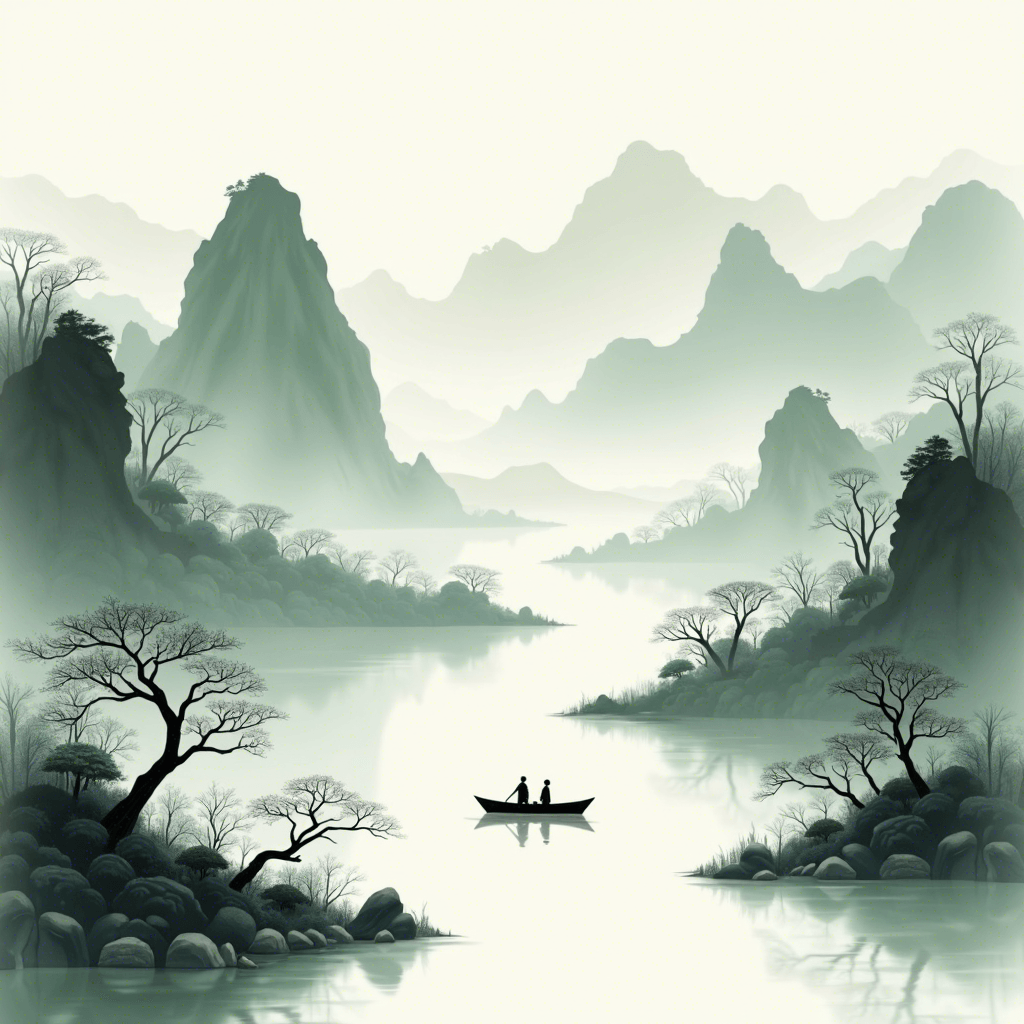
Chinese Shan Shui Painting
Traditional Chinese landscape painting style, emphasizing the harmony between nature and humanity, often featuring mountains, rivers, and misty atmospheres with ink and brush techniques.
Overview
Origin
China
Historical Period
Tang Dynasty (618–907 CE) onwards
Cultural Significance
Shan Shui, meaning 'mountain-water,' is a traditional Chinese painting style that reflects Taoist and Confucian ideals of harmony with nature, often used to express philosophical ideas.

Historical Timeline
Five Dynasties (907-960)
Jing Hao established fundamental principles of landscape painting in his work 'Bi Fa Ji'
Northern Song (960-1127)
Li Cheng and Fan Kuan established compositional principles, forming the 'Northern Song landscape style'
Southern Song (1127-1279)
Ma Yuan and Xia Gui developed the 'Ma-Xia School' characterized by corner compositions
Techniques
Ink and brush painting on rice paper or silk
Monochromatic or soft color palettes
Use of negative space to create mist and depth
Tiny human figures to emphasize nature's vastness
Cultural Context
Shan Shui, meaning 'mountain-water,' is a traditional Chinese painting style that reflects Taoist and Confucian ideals of harmony with nature, often used to express philosophical ideas.
Did You Know?
Shan Shui paintings often include tiny human figures to emphasize the vastness of nature, reflecting the Taoist philosophy of humility before the natural world.